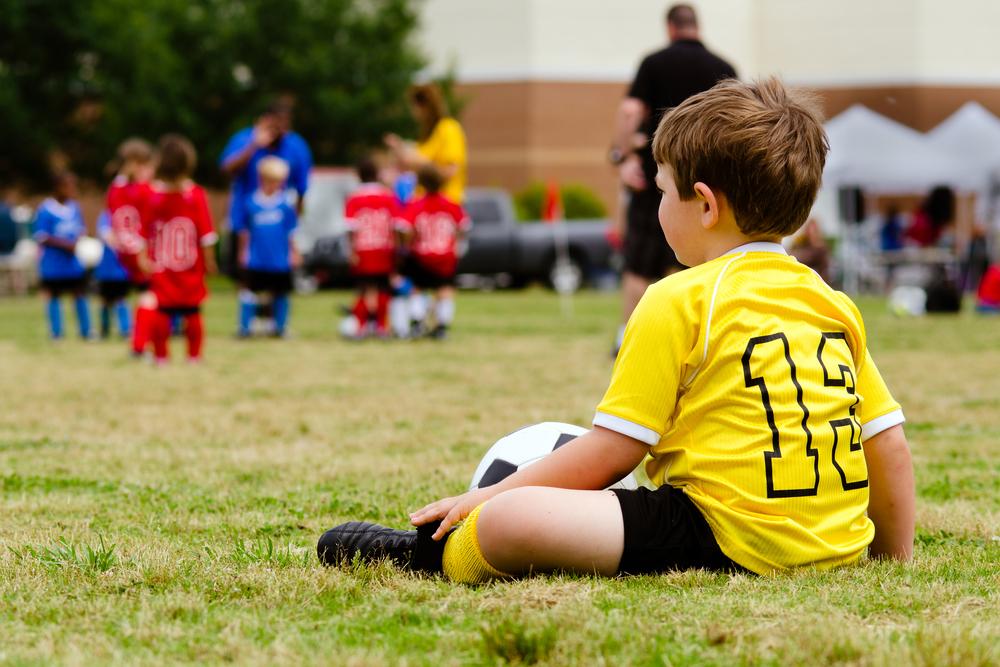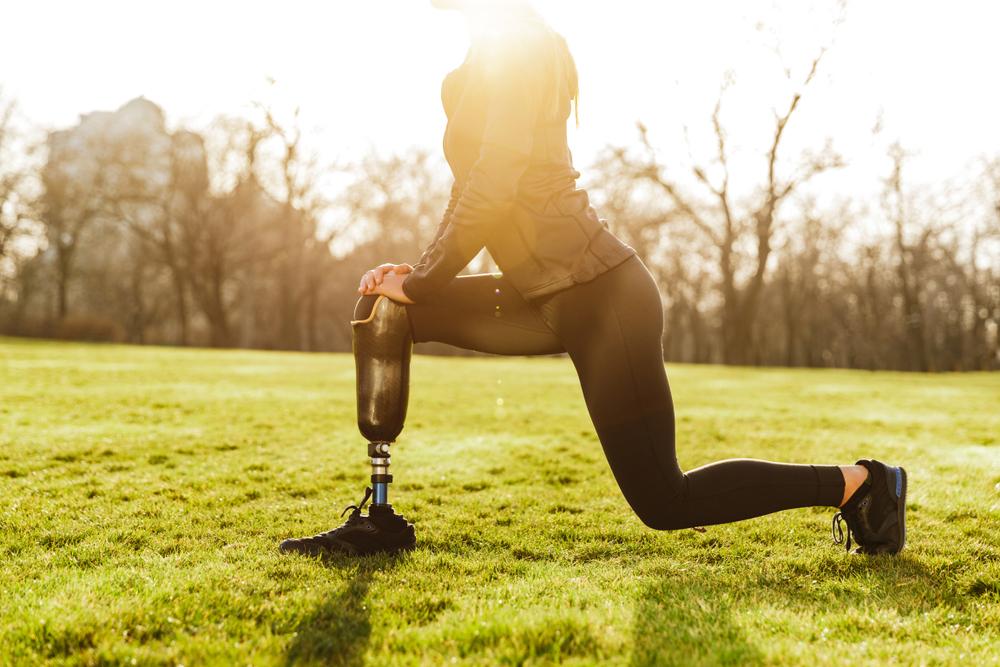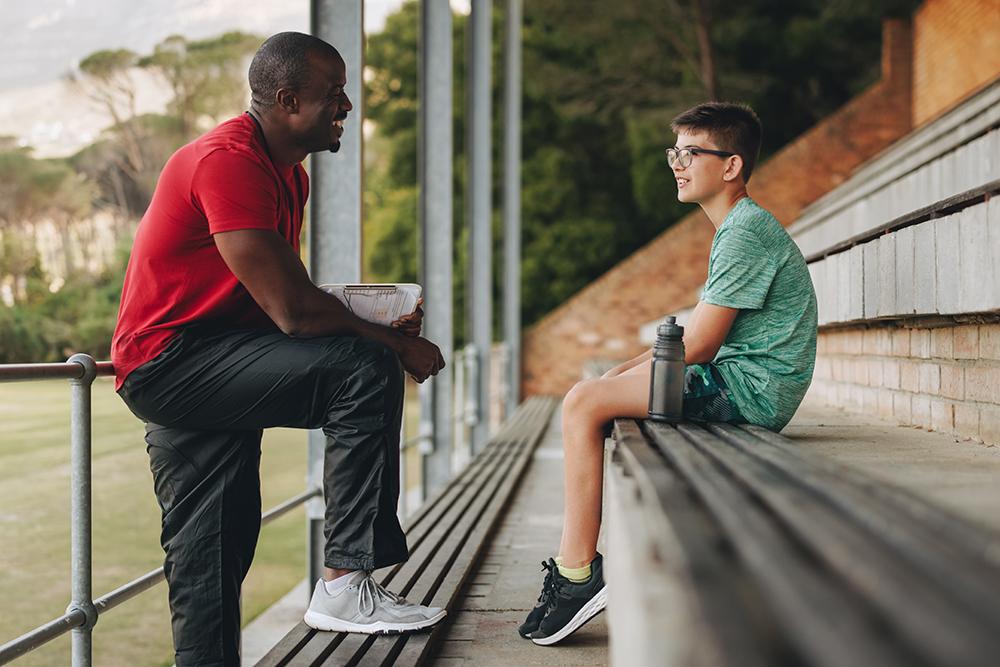 Athletes today struggle with a culture of comparison that spans far beyond comparing times or results with teammates or rival schools’ athletes. Now, thanks to social media, young athletes are constantly inundated with a newsfeed packed with top results, new PRs, high scores, and podium shots.
Athletes today struggle with a culture of comparison that spans far beyond comparing times or results with teammates or rival schools’ athletes. Now, thanks to social media, young athletes are constantly inundated with a newsfeed packed with top results, new PRs, high scores, and podium shots.
Comparison comes from a lack of self-esteem, but as a coach, you can help create an environment that builds self-esteem. Here, Frank L. Smoll, author of Self-esteem and Children’s Reactions to Youth Sport Coaching Behaviors: A field study of self-enhancement processes, breaks down how to create that culture within your team.
Be aware of different pressures on athletes
Yelling criticisms during a game is an example of putting direct pressure on student-athletes, but remember, they face more subtle pressures coming from all angles, from parental pressure to pressure on social media.
“Even finances indirectly put pressure on kids, because many times the parents are communicating that they have an investment and the kids better produce,” Smoll says. It can be hard for an athlete to maintain a healthy level of self-esteem, but as a coach, your behaviors can influence how an athlete feels about himself. Start by understanding that you’re not the only influence in their life, but you can be the most positive influence.
Set the right tone
“Competition itself is neutral, neither good or bad. It’s what we make of it. You need to help athletes define success in competition, which may not be winning,” says Smoll.
He regularly reminds coaches of basketball great John Wooden’s definition of success: “Success is peace of mind, which is a direct result of self-satisfaction in knowing you made the effort to do the best of which you are capable.” Winning matters, but make sure your athletes know that personal accomplishment and growth, teamwork, and sportsmanship are just as important.
Coach for mastery, not ego
In a mastery-oriented motivational climate, Smoll explains that the goal is fostering positive growth, with an emphasis on effort and personal improvement. If you’re a mastery-driven coach, you’re equally invested in all team members.
On the other side of the spectrum is the ego-driven style of motivation, which is focused solely on winning. For ego-driven coaches, talented athletes are the only ones who matter. This creates a dangerous comparison culture and can be devastating to the self-esteem of athletes who have bad games or practices.
Show don’t tell
As a coach, you can look to past players and student-athletes, or local professional athletes, for sources of positive inspiration for your current roster of athletes. Have a former athlete who embodied the mastery approach come speak to your team about their journey to mastery, so that athletes can see an example of someone who worked their way to the top, says Smoll.
When kids are scrolling Instagram now and seeing Olympic medals and professional sports contracts, they miss seeing those years of work and often measure themselves against where professionals are now. Meeting a pro in person can help dispel the idea of immediate success.
Keep the team positive
You may not be able to control everything as a coach, but you can control how your team interacts with each other on a regular basis. If you build a positive community within the team, you can mitigate the impact of comparison among teammates, rival teams, and even on social media.
“When you have that social support, that’s the foundation for self-esteem enhancement,” Smoll says. “You want athletes to understand that they aren’t in this alone, they’re in this together.” As a coach, make sure you avoid direct comparisons of teammates in terms of performance — you can point to an athlete’s golf swing as a great example, but don’t use another athlete as the ‘bad’ example.
_____
Young athletes are often naturally inclined towards negative thoughts about their performances, and Smoll notes that most often, when they make mistakes, they’re aware of it. So, try to bring less attention to mistakes and more attention to when an athlete does something well.
“Let the athletes know that you appreciate and value their efforts. Reinforce effort as much as you do results,” Smoll says. “Look for positive things, reinforce them, and you will see them increase. Remember, whether athletes show it or not, the positive things you say and do remain with them.”



